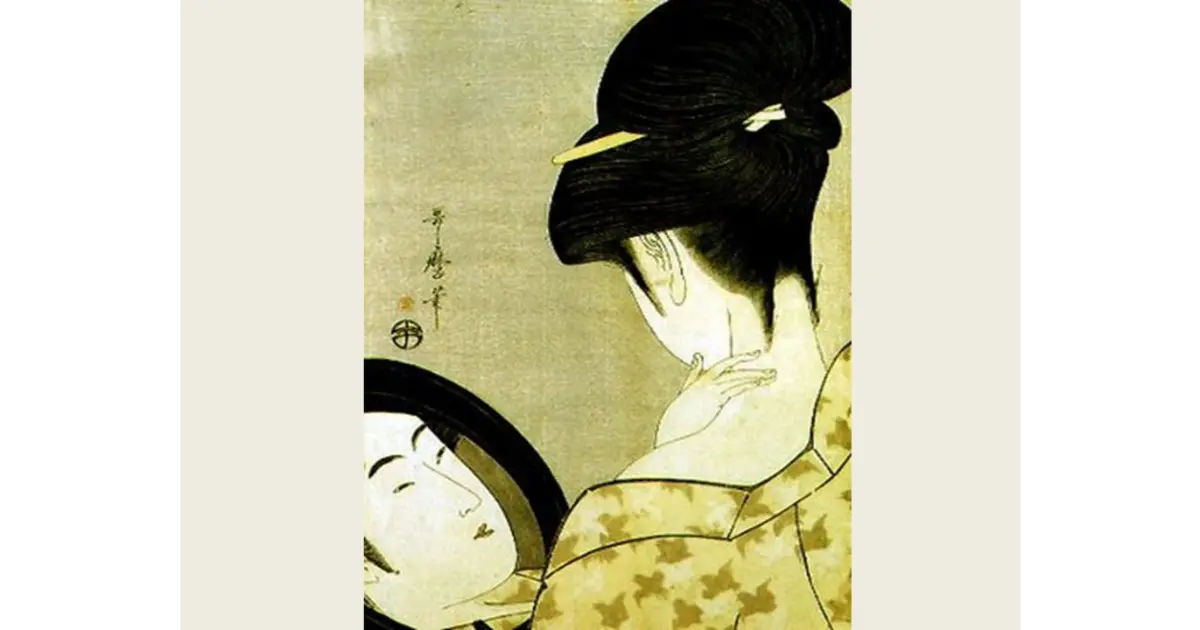In the realm of poetry, similes stand as one of the most evocative literary devices, enabling poets to draw vivid comparisons that illuminate our understanding and deepen our appreciation of their subjects. Cathy Song’s “Girl Powdering Her Neck” is a treasure trove of imagery and metaphor, a canvas where the poet paints with words,
each stroke imbuing the poem with depth and texture. Among the excerpts provided, each offers a unique window into the poet’s world, yet it’s the line “she dips a corner of her sleeve / like a brush into water” that serves as a classic example of a simile, drawing a direct comparison between two seemingly disparate actions to reveal a hidden similarity.
Exploring the Cloud Frontier: Navigating the World of Now.gg RobloxThis simile is more than just a comparison; it’s a bridge between the tangible and the metaphorical, inviting us to see the ordinary in an extraordinary light. Here, Song compares the action of dipping a sleeve into water to that of a brush being readied for painting.
This simile does not merely describe an action; it elevates it, transforming the simple act of wetting a sleeve into a moment of artistic creation. It’s a vivid, visual expression of delicacy and intention, capturing the essence of the poem’s subject with elegance and precision.
The effectiveness of this simile lies in its ability to conjure images that are rich in detail and emotion. Through it, Song connects the woman’s preparatory action with the artistry of ink painting, a revered practice in many East Asian cultures. The imagery of a brush gently touching water before it dances across the paper is mirrored in the woman’s careful, deliberate movement. This not only enhances the aesthetic appeal of the scene but also deepens our understanding of the subject’s grace and mindfulness.
Furthermore, this simile serves as a metaphorical link between the woman and the act of creation itself. Just as a painter brings beauty into being with each stroke of the brush, the woman, through her own rituals of beauty, creates an image of herself that is both intentional and artful. This comparison elevates the routine act of dressing and grooming to an artistic endeavor, imbuing it with a sense of purpose and artistry that transcends the mundane.
The other excerpts, while rich in imagery and evocative in their own right, do not utilize simile in the same direct manner. For instance, “her legs folded beneath her / as she sits on a buckwheat pillow” and “the peach-dyed kimono / patterned with maple leaves” offer vivid descriptions that ground us in the physical and cultural setting of the poem, providing a detailed snapshot of the woman and her environment.
“Morning begins the ritual / wheel of the body,” on the other hand, leans more towards metaphor, suggesting the cyclical nature of daily routines and their role in the rhythm of life. Each of these lines contributes to the tapestry of the poem, weaving together a portrait that is both specific in its details and universal in its themes.
Cathy Song’s mastery lies in her ability to blend the specific with the universal, the tangible with the abstract. “Girl Powdering Her Neck” is a testament to this skill, a poem that invites us to look closer, to see beyond the surface.
The use of simile in the line “she dips a corner of her sleeve / like a brush into water” is a prime example of how Song achieves this, offering readers a lens through which to view the ordinary as extraordinary. It is in these moments of comparison and contrast that the poem reveals its deepest truths, inviting us to reflect on beauty, art, and the rituals that define our lives.









